Welcome to Gemini Voyages
Orbiting Possibilities, Landing Dreams.
Our Spaceship

Here's a glimpse of the advanced spacecraft that will take you on your incredible journey!
Why Choose Us?
Cutting-Edge Technology
All the spacecraft in our fleet come with the latest and most powerful technology as standard; making sure that your trip is efficient.
Unmatched Reliability
We have a flawless safety record and consistent high performance.
Dedicated Support Team
Our knowledgeable crew is available 24/7 to ensure an enjoyable journey.

About Us
We are Gemini Voyages, a luxury intergalactic airline which is your 1# go-to shuttle for venturing through the vast expanse of cosmos which is our Solar System. We provide flights to a wide variety of destinations, including to/from Mercury, Venus, Earth, Mars, Jupiter, Saturn, Uranus, and Neptune.
We are offering this service after our successful mission last year; in which our crew developed a database of safe planets; based on distance from Earth, gravitational strength, surface pressure, and chemical makeup of the atmosphere.
Our Galactic Vision
To be the leading star in interstellar travel, making the cosmos accessible to all.
Our Core Elements
Safety, Exploration, Customer Experience.
Your Stay
Your space adventure includes delicious food, fun activities, and different flight plans to choose from. The cost is based on these 3 factors.
Finances Spreadsheet (Cost & Prices)
Delicious Food Options
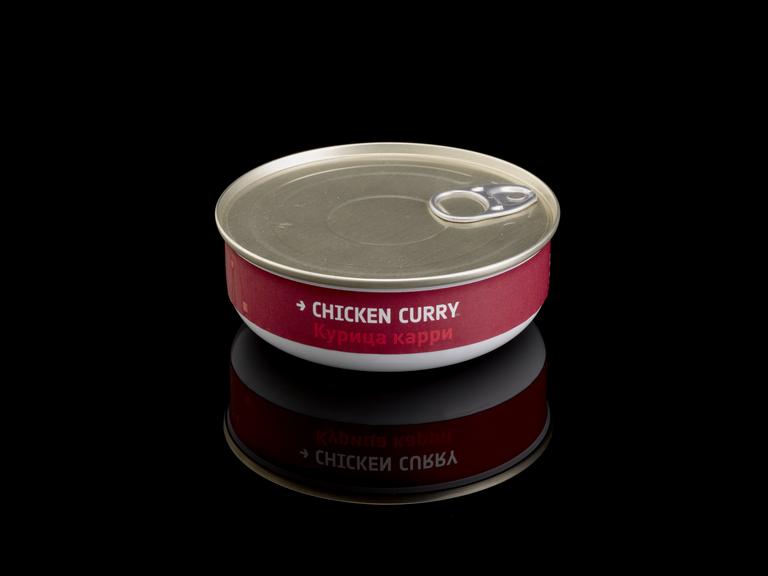
Chicken Curry
Chicken curry, when made for space, offers key benefits for astronauts. It's calorie-dense, helping maintain strength in microgravity. Its bold flavours combat the dulled sense of taste astronauts often experience, boosting morale. Crucially, it's designed to be non-crumbly and easy to prepare, preventing messes and simplifying life in zero-G. Finally, its long shelf life makes it perfect for extended missions.
Granola and Raisin Fruit Bar
Granola and raisin fruit bars are compact, require no preparation, and are designed to deliver a high density of calories, vitamins, and minerals in a small package. They are often formulated to be non-crumbly and easy to consume without utensils. Excellent for quick, on-the-go nutrition during busy operational periods, or as emergency rations. Their solid form minimizes mess in microgravity.
Fun Activities in Space

Space-Walking
Float outside your spaceship and see amazing views of Earth or other planets, safely tied on!
Martian Mud Mask Treatment
Relax with a special face mask made from mud found on Mars. It's a truly unique spa experience!

Sight-Seeing (with tour guide)
See incredible planets and stars up close with our expert guides. Learn cool facts as you fly by!

Rover Driving
Drive a real space rover on pretend alien lands. See if you can steer in low gravity!

Sandboarding
Strap in and glide down the epic dunes of Mars and other desert planets. It's like snowboarding, but on a whole new world!
Choose Your Flight Plan

Silver
A comfortable and affordable trip to your chosen planet. Basic amenities included.

Gold
More space, better food, and extra comfort for a relaxed journey.

Platinum
The ultimate luxury space experience with private suites and personalised service.
Our Galactic Gallery

A glimpse of our new spaceship.

The Silver Tier

The Gold Tier

The Platinum Tier

Chicken Curry

Granola and Raisin Fruit Bar

Space-Walking

Martian Mud Mask Treatment

Sight-Seeing (with tour guide)

Rover Driving

Sandboarding

Mercury

Venus

Earth

Mars

Jupiter

Saturn

Uranus

Neptune

Contact Us Poster

Promotional Poster
Contact Us
Scan the QR code or visit our website to stay updated on our latest voyages and offers! Alternatively, use the form below to send any inquiries regarding the services we offer.
Destination: Mercury
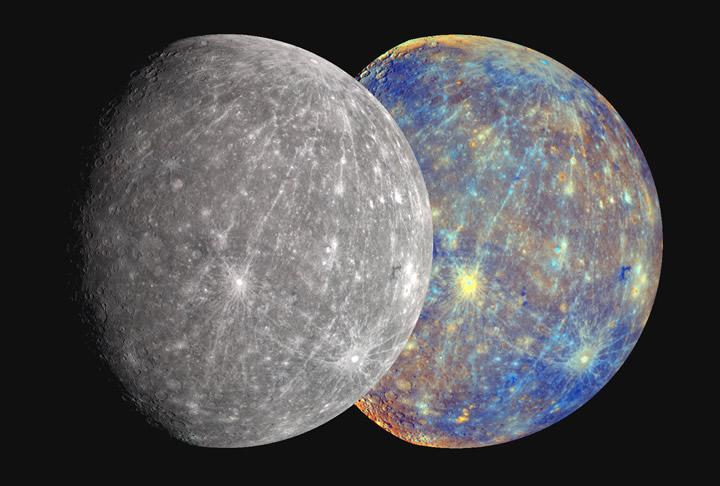
Mercury is the smallest planet and the closest to the Sun. It gets super hot during the day because it's so close to the Sun, and super cold at night. This is because it doesn't have much air to hold onto the heat.
Its surface is covered in many craters, just like our Moon, formed by rocks hitting it a long time ago. There are also flat areas that might be from old volcanoes. Scientists have even found ice in dark, shadowy spots near its top and bottom!
Mercury spins slowly but goes around the Sun quite fast. A day on Mercury is actually longer than its year! It has a weak magnetic field because of its hot, melted center.
- Diameter: 4,879 km (approx. 0.38 Earths)
- Distance from Sun: 57.9 million km (0.39 AU)
- Rotation Period (Solar Day): 176 Earth days
- Orbital Period (Year Length): 88 Earth days
- Surface Gravity: 0.38 g (38% of Earth's)
- Atmosphere: Exosphere of atoms (primarily oxygen, sodium, hydrogen, helium, potassium)
Visiting Mercury helps us learn how rocky planets form and change, especially when they're so close to a star. It's amazing to see how different planets can be!
Destination: Venus
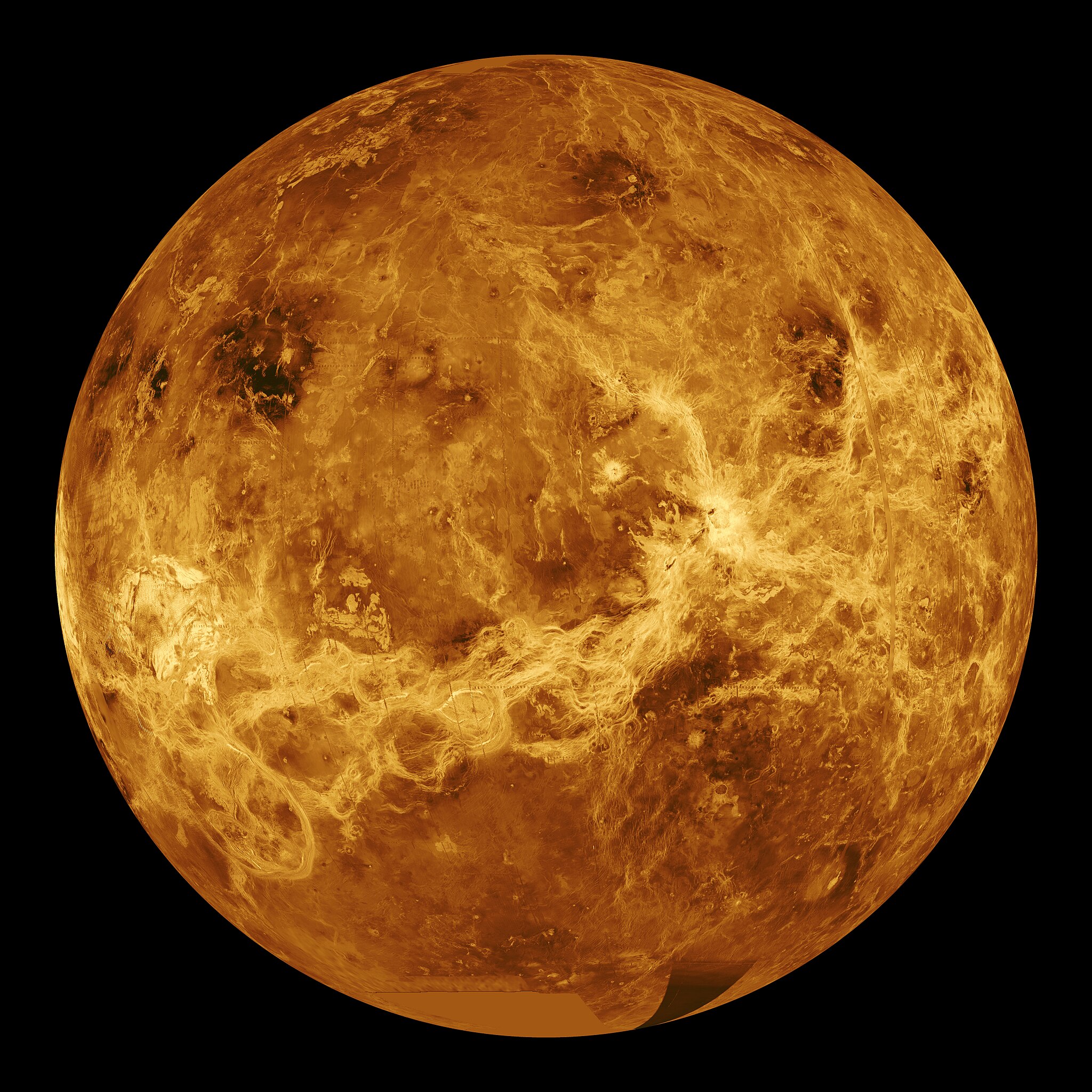
Venus is often called Earth's "sister planet" because it's about the same size. But it's a very harsh place! It's covered in thick clouds of sulphuric acid and has air mostly made of carbon dioxide.
These thick clouds trap heat, making Venus the hottest planet in our solar system, even hotter than Mercury! It's so hot that metals like lead would melt. The air pressure on Venus is also super high, like being deep in the ocean. This makes it very hard for spacecraft to land there.
Venus spins very slowly and backwards compared to most planets. A day on Venus is longer than its year! Its surface has lots of old volcanoes and flat areas, showing it used to be very active.
- Diameter: 12,104 km (approx. 0.95 Earths)
- Distance from Sun: 108.2 million km (0.72 AU)
- Rotation Period (Solar Day): 116.75 Earth days (retrograde)
- Orbital Period (Year Length): 225 Earth days
- Surface Gravity: 0.91 g (91% of Earth's)
- Atmosphere: Primarily Carbon Dioxide (96.5%), Sulphuric Acid Clouds
A trip to Venus helps us understand how a planet's climate can go wrong and why Earth is so special for life.
Destination: Earth
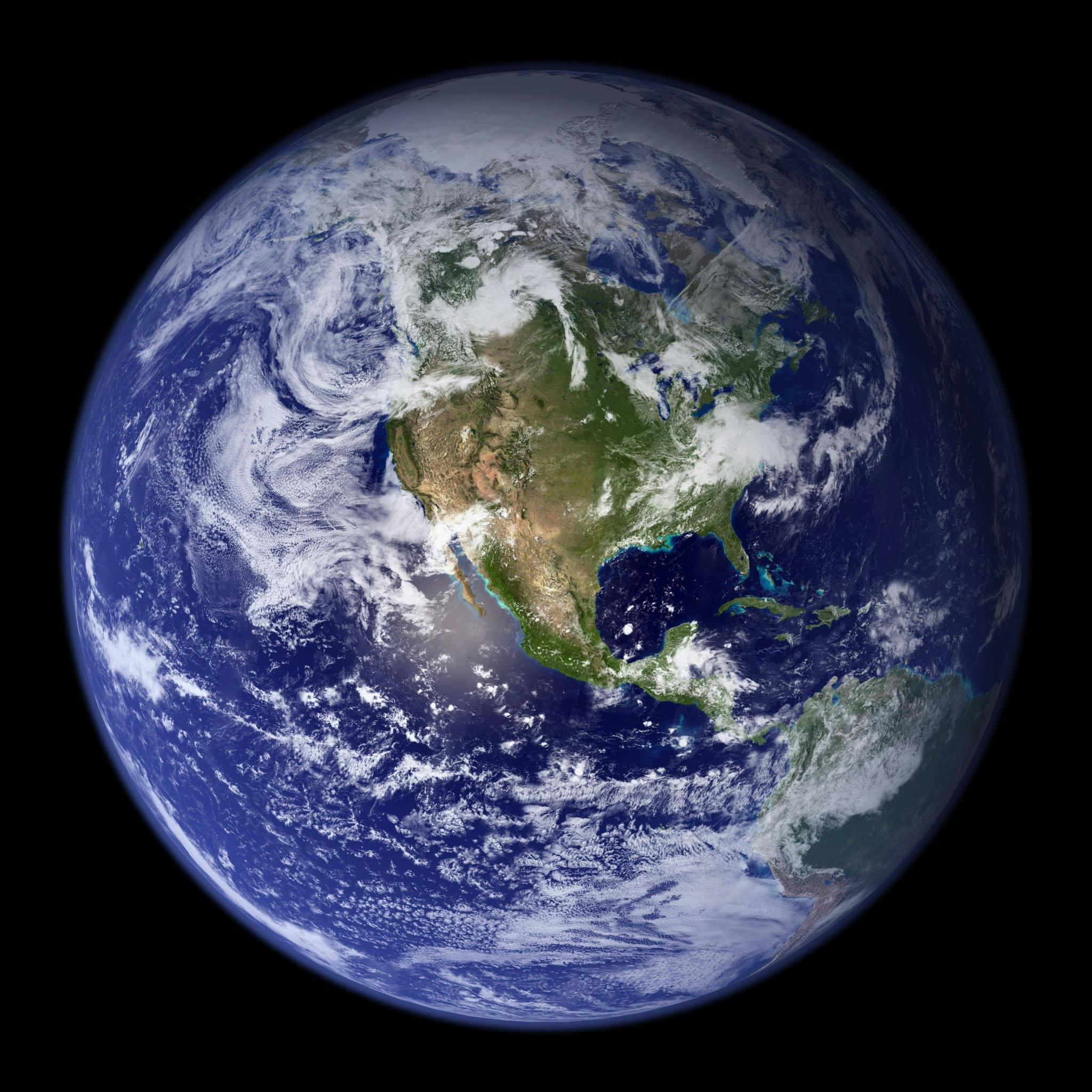
Our home, Earth, is a beautiful blue planet full of life! It has huge oceans, big landmasses, and air that helps us breathe. Earth is the only known planet with lots of liquid water on its surface, which is super important for life.
Earth's air is mostly nitrogen and oxygen. This air acts like a shield, protecting us from harmful rays from the Sun. It also helps keep our planet at a nice temperature. Earth also has a strong magnetic field that protects us from solar winds.
Earth's surface is always changing with mountains forming, volcanoes erupting, and oceans moving. It has many different places, from hot deserts to cold ice caps, all with different plants and animals. We have one Moon that goes around Earth, which helps with the ocean tides.
- Diameter: 12,756 km
- Distance from Sun: 149.6 million km (1 AU)
- Rotation Period (Day Length): 24 hours
- Orbital Period (Year Length): 365.25 days
- Surface Gravity: 1 g
- Atmosphere: Nitrogen (78%), Oxygen (21%), Argon, Carbon Dioxide, trace gases
- Moons: 1 (The Moon)
Looking at Earth from space helps us see how special and fragile our home is. It's a reminder to take care of our unique planet.
Destination: Mars
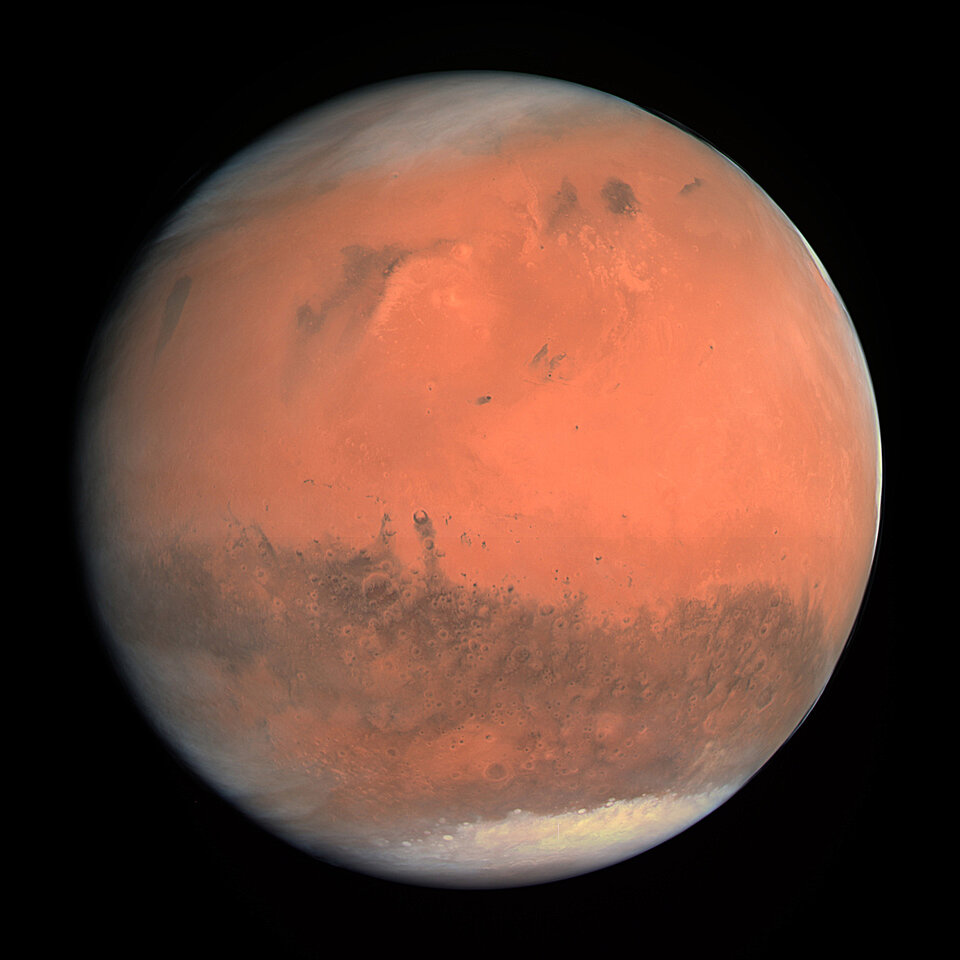
Mars is called the "Red Planet" because of the rusty iron on its surface. Many people wonder if we could live there one day! It has features like Earth, such as ice caps (made of water ice and frozen carbon dioxide), huge canyons, and old riverbeds. This tells us water was once on Mars.
Mars has the biggest volcano in our solar system, Olympus Mons, which is three times taller than Mount Everest! It also has a giant canyon called Valles Marineris, which is super long. The air on Mars is very thin and mostly carbon dioxide, so water can't stay liquid on the surface for long. But it does have dust storms!
Robots like Curiosity and Perseverance have explored Mars, looking for signs of past life and checking if humans could live there. They've found signs of old water and even some basic building blocks of life, which is very exciting!
- Diameter: 6,779 km (approx. 0.53 Earths)
- Distance from Sun: 227.9 million km (1.52 AU)
- Rotation Period (Day Length): 24.6 hours (a "sol")
- Orbital Period (Year Length): 687 Earth days (1.88 Earth years)
- Surface Gravity: 0.38 g (38% of Earth's)
- Atmosphere: Primarily Carbon Dioxide (95.3%), Nitrogen (2.7%)
- Moons: 2 (Phobos, Deimos - likely captured asteroids)
Our trips to Mars let you see its rocky, alien beauty up close. It's part of humanity's big search to understand space and maybe even live on another planet!
Destination: Jupiter

Jupiter is the biggest planet in our solar system – it's a giant ball of gas! Its swirling, colourful clouds are made mostly of hydrogen and helium. These clouds form stripes and spots because of super-fast winds.
Jupiter's most famous feature is the Great Red Spot, a huge storm bigger than Earth that has been raging for hundreds of years! Deep inside, Jupiter might have a small, rocky core, surrounded by layers of special hydrogen. It spins very fast, making its days less than 10 hours long.
Jupiter acts like a giant protector for the inner planets, pulling in comets and asteroids with its strong gravity. It has a faint ring system and at least 95 moons! Four of its biggest moons are Io, Europa, Ganymede, and Callisto. Io has lots of volcanoes; Europa might have an ocean under its ice; Ganymede is bigger than Mercury and has its own magnetic field; and Callisto is a very old, cratered moon.
- Diameter: 139,822 km (approx. 11 Earths)
- Distance from Sun: 778.5 million km (5.2 AU)
- Rotation Period (Day Length): 9.9 hours
- Orbital Period (Year Length): 11.86 Earth years
- Surface Gravity (Cloud Tops): 2.53 g (253% of Earth's)
- Atmosphere: Hydrogen (~90%), Helium (~10%)
- Known Moons: 95+
A trip to Jupiter promises awe-inspiring views of its vibrant cloud bands, an encounter with its legendary storms, and a deeper understanding of gas giant dynamics and the potential for diverse worlds within a single planetary system. It is a testament to the immense and powerful forces at play in our cosmic neighbourhood.
Destination: Saturn
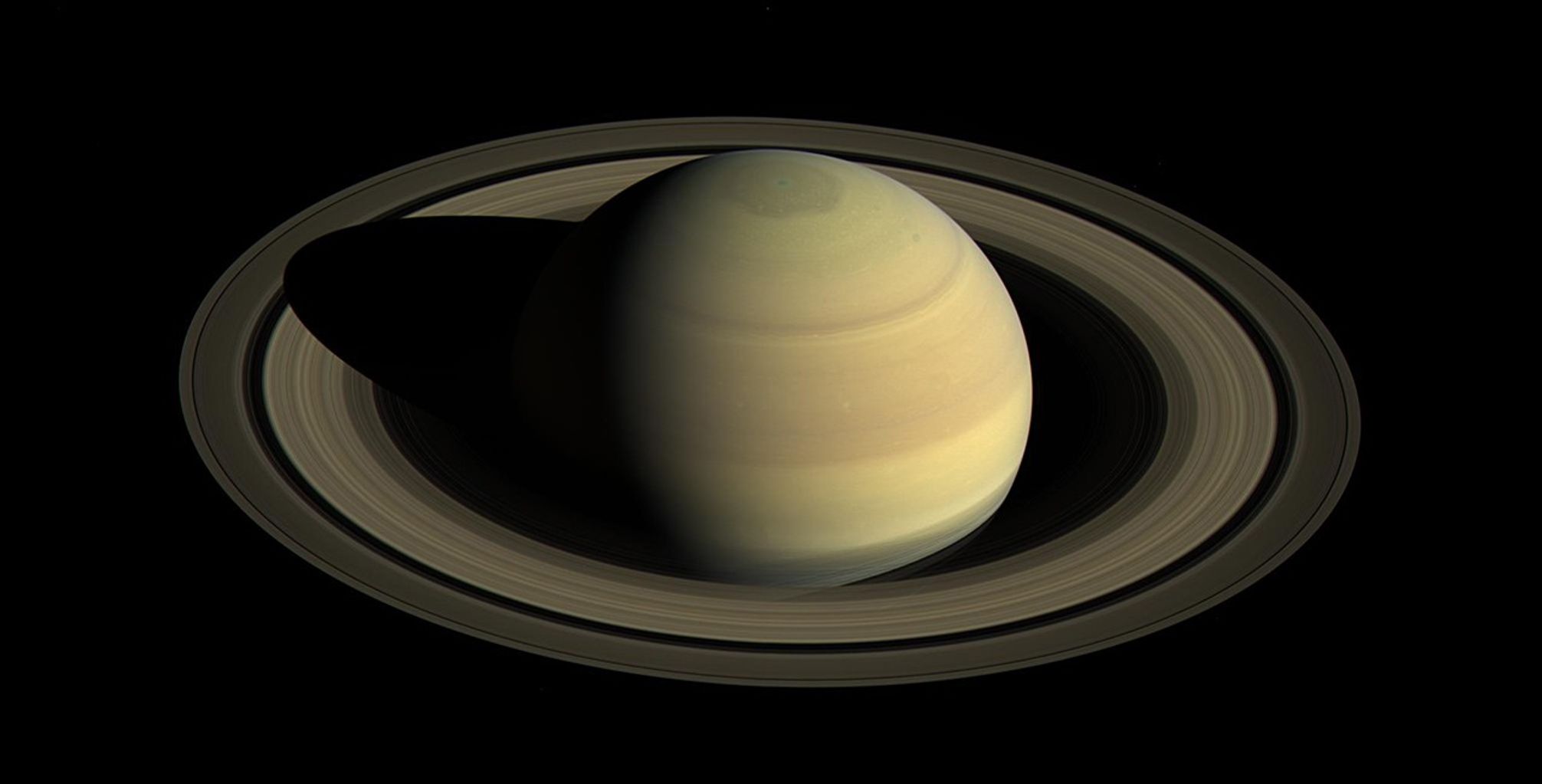
Saturn is famous for its beautiful, icy rings! These rings aren't solid; they're made of billions of tiny pieces of ice and rock, all orbiting Saturn. They look amazing from far away.
Saturn is the second-largest gas giant, also made mostly of hydrogen and helium. It's so light that it would float in a giant bathtub if you could find one big enough! Its clouds are less stormy than Jupiter's, but it has a strange hexagon-shaped storm at its north pole.
Saturn has a huge family of at least 146 moons! Its biggest moon, Titan, is super interesting. It's bigger than Mercury and has its own thick air, with clouds, rain, rivers, and even lakes made of liquid methane! Another cool moon is Enceladus, which shoots out water vapour and ice from its south pole, meaning it might have an ocean under its surface.
- Diameter: 116,460 km (approx. 9.1 Earths)
- Distance from Sun: 1.4 billion km (9.5 AU)
- Rotation Period (Day Length): 10.7 hours
- Orbital Period (Year Length): 29.45 Earth years
- Surface Gravity: 1.07 g (107% of Earth's)
- Atmosphere: Hydrogen (~96%), Helium (~3%)
- Known Moons: 146+ (including Titan and Enceladus)
Witnessing Saturn's majestic rings up close and exploring its diverse moon system is a truly unforgettable experience, a testament to the wonders of the cosmos and the incredible variety of worlds within our own solar system.
Destination: Uranus

Uranus is a strange ice giant because it spins on its side! This means it rolls around the Sun like a ball, giving it very long, unusual seasons where one pole gets sunlight for decades and then darkness for decades.
Its air is made of methane (which makes it look blue-green), hydrogen, and helium. Uranus doesn't have a solid surface; instead, it gets denser and hotter as you go deeper, turning into a thick, icy liquid. Its magnetic field is also very odd, tilted and off-center.
Uranus has faint, dark rings and 27 known moons. Its moons, like Titania and Miranda, have unique surfaces, from old craters to broken-up terrains.
- Diameter: 50,724 km (approx. 4 Earths)
- Distance from Sun: 2.9 billion km (19.8 AU)
- Rotation Period (Day Length): 17.2 hours (retrograde rotation)
- Orbital Period (Year Length): 84 Earth years
- Surface Gravity: 0.89 g (89% of Earth's)
- Atmosphere: Hydrogen (~82.5%), Helium (~15.2%), Methane (~2.3%)
- Known Moons: 27
A journey to Uranus is an encounter with one of the solar system's most enigmatic and beautifully understated ice giants, offering profound insights into the formation and evolution of planets in the outer reaches of a star system.
Destination: Neptune
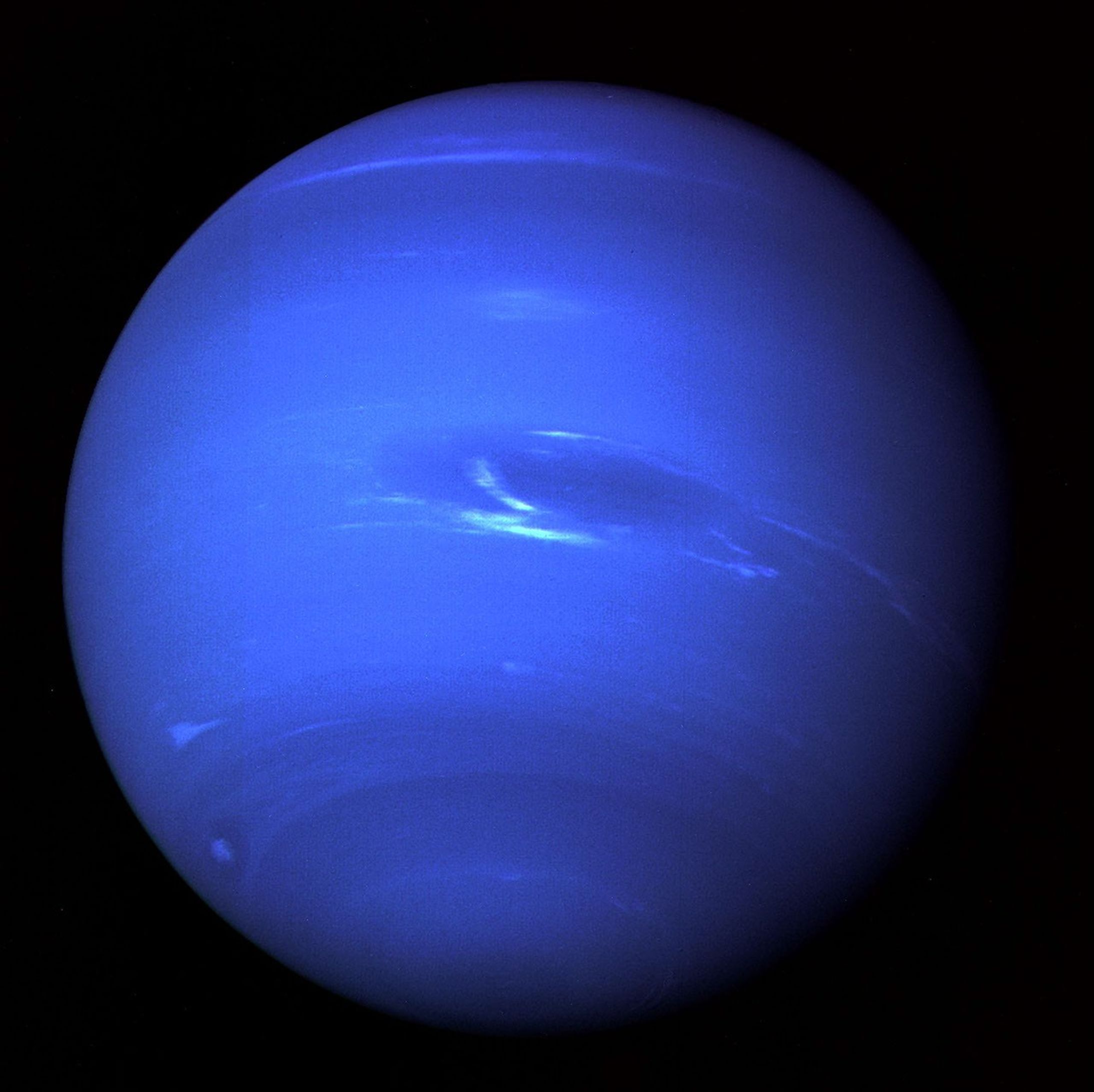
Neptune is the farthest major planet from the Sun and looks deep blue because of methane in its air. It's known for having the fastest, super-strong winds in our solar system!
Even though it's far away, Neptune is very active. It has huge dark spots, which are giant storms that appear and disappear quickly. Like Uranus, it's an ice giant with a thick, icy liquid inside.
Neptune possesses faint rings and 14 known moons. Its largest moon, Triton, is very special. It orbits Neptune backwards and is one of the coldest places in the solar system. But even there, it has active "ice volcanoes" that shoot out nitrogen ice and dust, meaning it might have a warm inside!
- Diameter: 49,244 km (approx. 3.8 Earths)
- Distance from Sun: 4.5 billion km (30.1 AU)
- Rotation Period (Day Length): 16.1 hours
- Orbital Period (Year Length): 164.8 Earth years
- Surface Gravity: 1.14 g (114% of Earth's)
- Atmosphere: Hydrogen (~80%), Helium (~19%), Methane (~1.5%)
- Known Moons: 14 (including Triton)
Venturing to Neptune is an exploration of the distant, turbulent frontiers of our solar system, a testament to the enduring power and beauty of the universe, and the surprising activity that can exist even in the furthest reaches.
